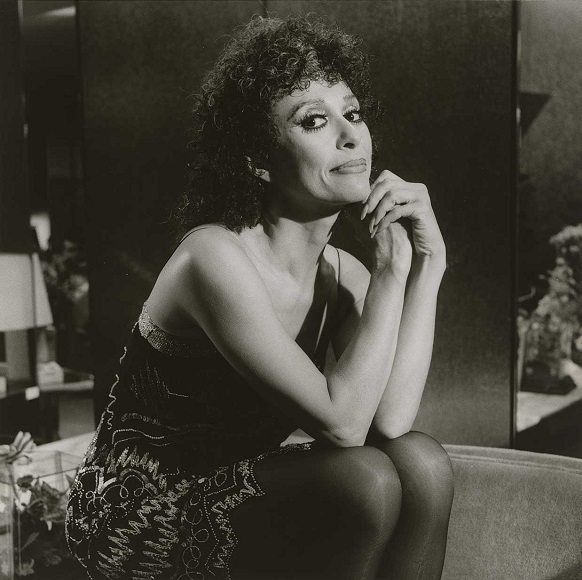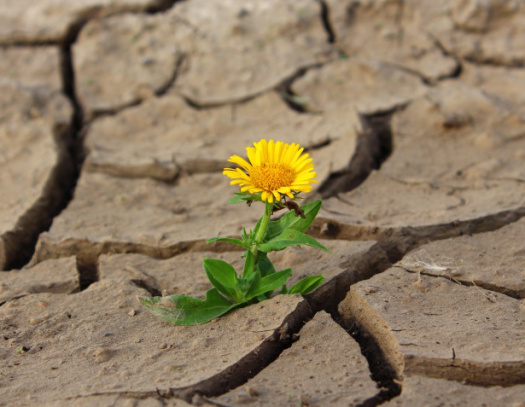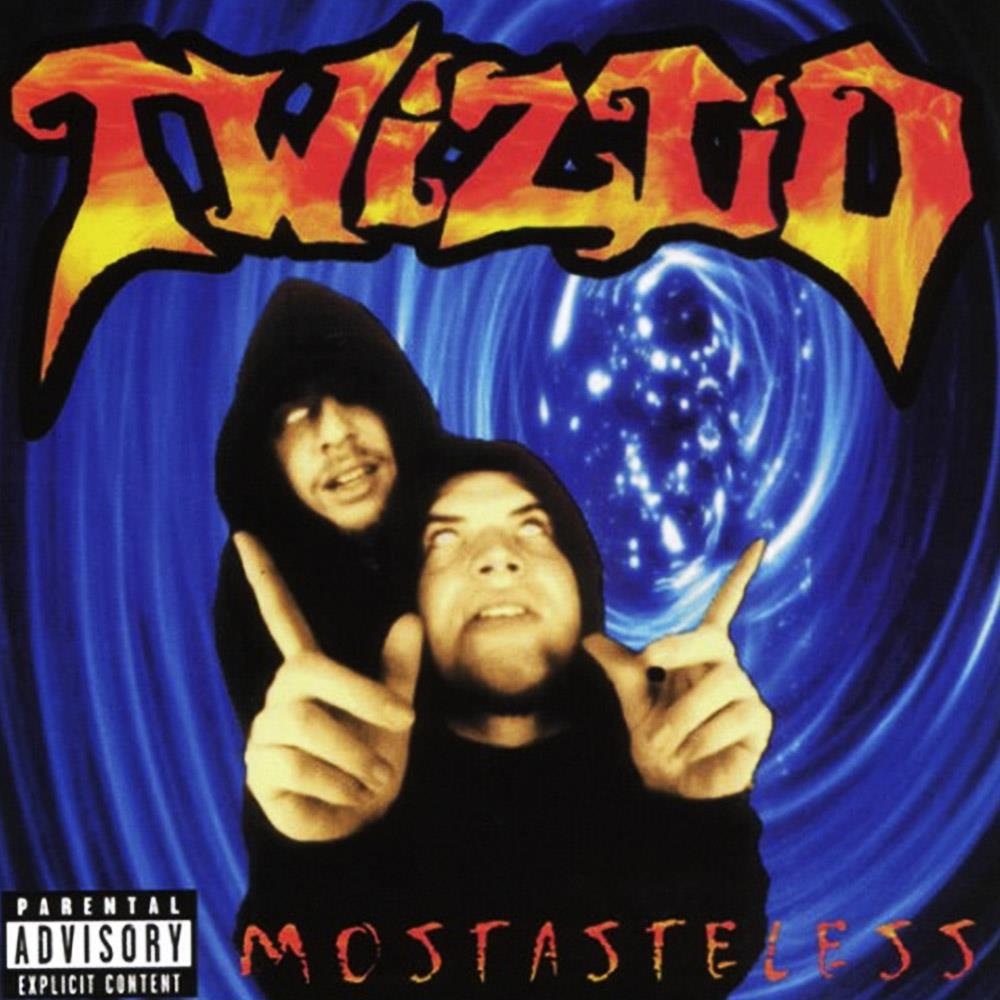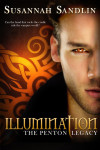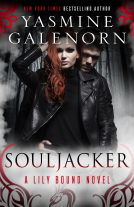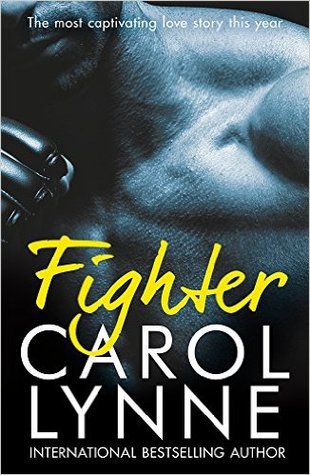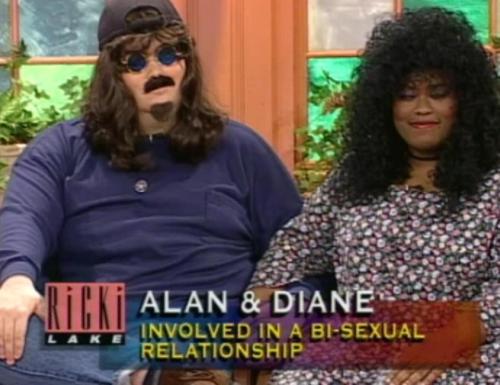
We could be heroes…just for one day (on Ricki Lake)
Recently, a tweeted meme reminded me of just how much I miss the golden age of 90’s trash TV. With a Hollywood Squares-like grid of guests on the Ricki Lake Show, the blessed tweeter, DarkSkintDostoyevsky, asks, “Which Ricki Lake Show guest are you today?” And whew, there were so many choices–do you want to be doomed in love Jaki who is introduced with “All her boyfriends have been in jail”? Or maybe judgmental Henry who appears with a subtitle “Says his sister is a ‘hoochie’”? Or maybe you want to be Jennifer who isn’t in the KKK, but her best friend is? Decisions, decisions!
Which Ricki Lake Show guest are you today? pic.twitter.com/zaoU5jMv59
— DarkSkintDostoyevsky (@daniecal) September 9, 2017
Of course, dearest Filthy Dreams readers, as a connoisseur of bad taste and an expert in trash aesthetics, I have always been drawn to 90’s tabloid talk shows, which represented the height of filth in the late 20th century. Who could look away? Certainly not me, who gleefully anticipated sick days just so I could get a glimpse at garish, gaudy and even a tad glamorous shows like Jenny Jones, Sally Jessy Raphael or Hairspray‘s Tracy Turnblad herself, Ricki Lake. Nothing soothes the sniffling soul quite like Jenny Jones chastising moshing goth teens.
“American culture is trash culture,” writes Steven L. Hamelman in But is it Garbage?: On Rock and Trash. And naturally, these tabloid talk shows represented trash culture at its best exemplifying the trash aesthetic, which Simon Warner describes in The Banality of Degradation: Andy Warhol, the Velvet Underground and the Trash Aesthetic as “based on extravagant display and featured a strong note of the temporary.” Just the sets of these talk shows–not to mention the occasional wig-snatching–fit that bill with eye-searingly bright color schemes and jarring, and sometimes, barely legible caption typefaces.
“Nobody likes movies like Teenagers from Outer Space or Wrestling Woman vs. The Aztec Mummy save any loon sane enough to realize that the whole concept of Good Taste is concocted to keep people from having a good time,” said rock critic legend Lester Bangs. While Bangs was talking about drive-in sci-fi B-movies, he might as well have been talking about this golden age of home entertainment sleaze. Just think of the episode themes like “I Traded The Geek Look For The Freak Look,” “Hay Punk Lose The Funk,” “Out Of Control Gay Teens,” “My Family Hates That I’m Gay…Too Bad!” or the always fun “Boot Camp,” for those naughty kids (tsk tsk).
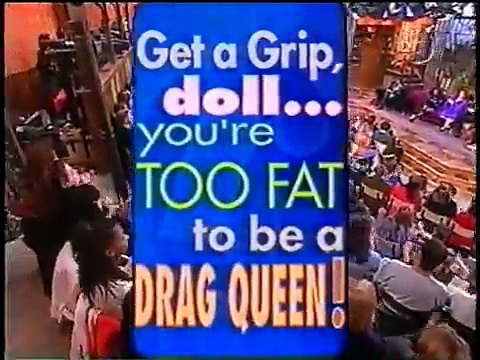
My personal favorite episode–one I return to again and again in late night video binges–is “Get A Grip Doll…You’re Too Fat To Be A Drag Queen” from Ricki Lake (which sadly isn’t on Youtube but can be viewed here). The premise of the episode should be self-explanatory: some jealous skinny bitches talking trash about their…ahem…larger queen friends. If this weren’t enough to make the show a must-watch, the episode is notable for the appearance of two former Drag Race contestants, Rochester’s own Darienne Lake (also a Filthy Dreams role model) and Pandora Boxx. When Darienne takes her victorious spin around the set, it’s no question that bigger is, in fact, better. How dare anyone judge!
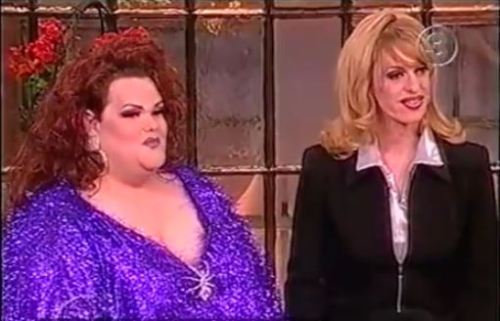
Darienne Lake and Pandora Boxx on Ricki Lake
Now, of course, these shows are undoubtedly exploitative. However, some would argue that they also have some (unintentional) social importance. From the Club Kids, who made several talk show appearances in their heyday, to a whole roster of LGBTQ guests–both known and unknown, these tacky talk shows broadcast queers right into the living rooms of middle America! In his study Freaks Talk Back: Tabloid Talk Shows and Sexual Nonconformity, Joshua Gamson concludes that these trashy 90’s talk shows actually bolstered the representation of queer people on screen. It provided visibility, albeit over-the-top and ridiculous.
In an interview on the book, Gamson is asked whether he sees “these shows exploiting gays, lesbians, bisexuals–or anyone with a ‘different’ sexual preference or lifestyle?” He responds:
“Offended and thrilled and disgusted and elated. It’s a given that these shows exploit people. I mean, commercial TV, especially ‘reality’ TV, including the news, is about exploiting people for profits. On talk shows it’s mainly the ‘different’ who are used to attract an audience which is then sold to advertisers. And of course that often offends me. Nobody gets treated particularly well by the shows, and the way lesbian, transsexual, gay, bisexual people are often set up on talk shows—examples abound in the book—often disturbs and upsets to me. But exploitation is the starting point for me, not the conclusion, partly because so much else is going on at the same time. I’m interested in the fact that exploitation is exactly what has increased the diversity of racial and economic backgrounds of the gay people you see on the screen, for example, or in the fact that anti-gay bigots are turned into ‘freaks’ by the show as well—often in ways that make the sex and gender outsiders look just fine.”
I couldn’t have said it better myself. And to revel in this nasty nostalgia, I’ve put together some of my favorite clips of these retro TV shows. This isn’t to say that there aren’t trash daytime television shows today, but how many paternity tests can you watch, Maury? Anyway, tune in and remember, as our preeminent filth elder John Waters teaches us, “To me, bad taste is what entertainment is all about.”
It wasn’t always trash, here’s members of ACT UP on Donahue (though he comes off as clearly a garbage person)
And last but, certainly not least, the wig-snatching finale:
Share this: